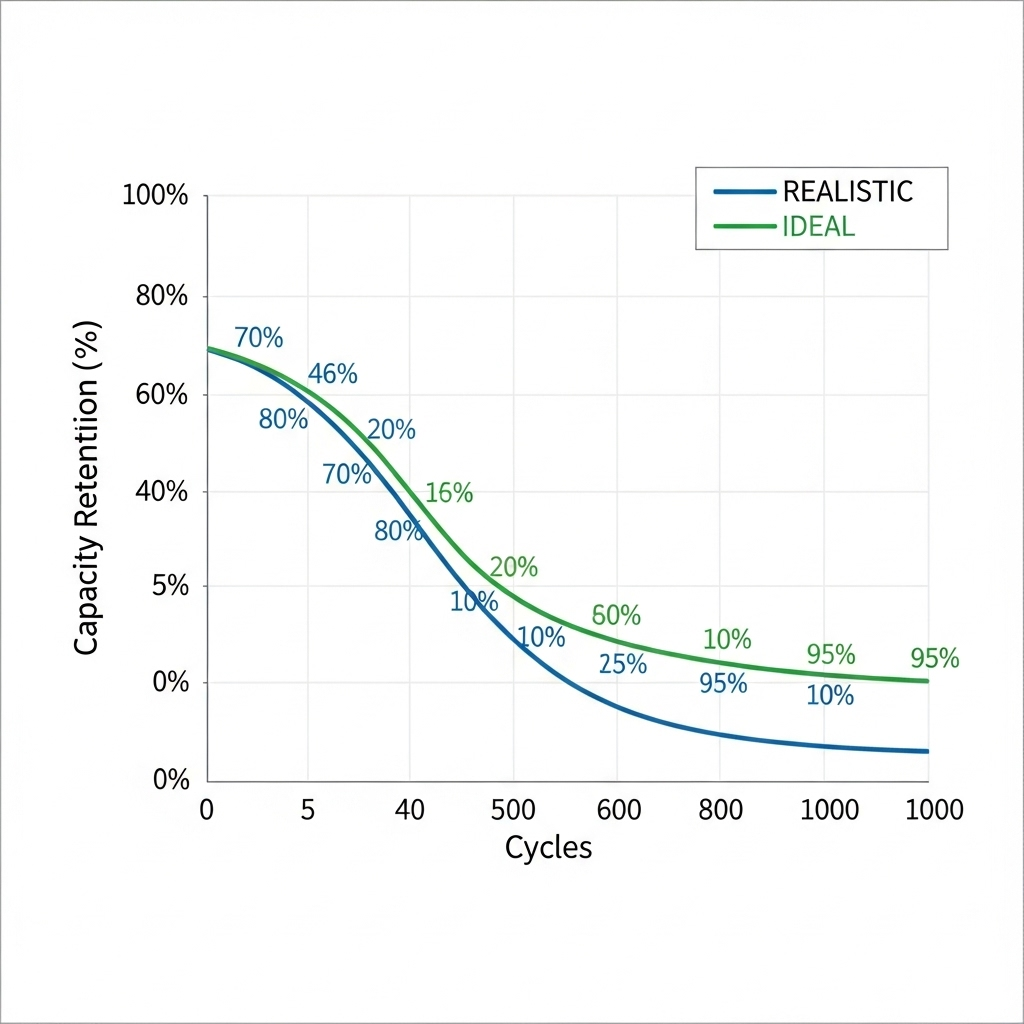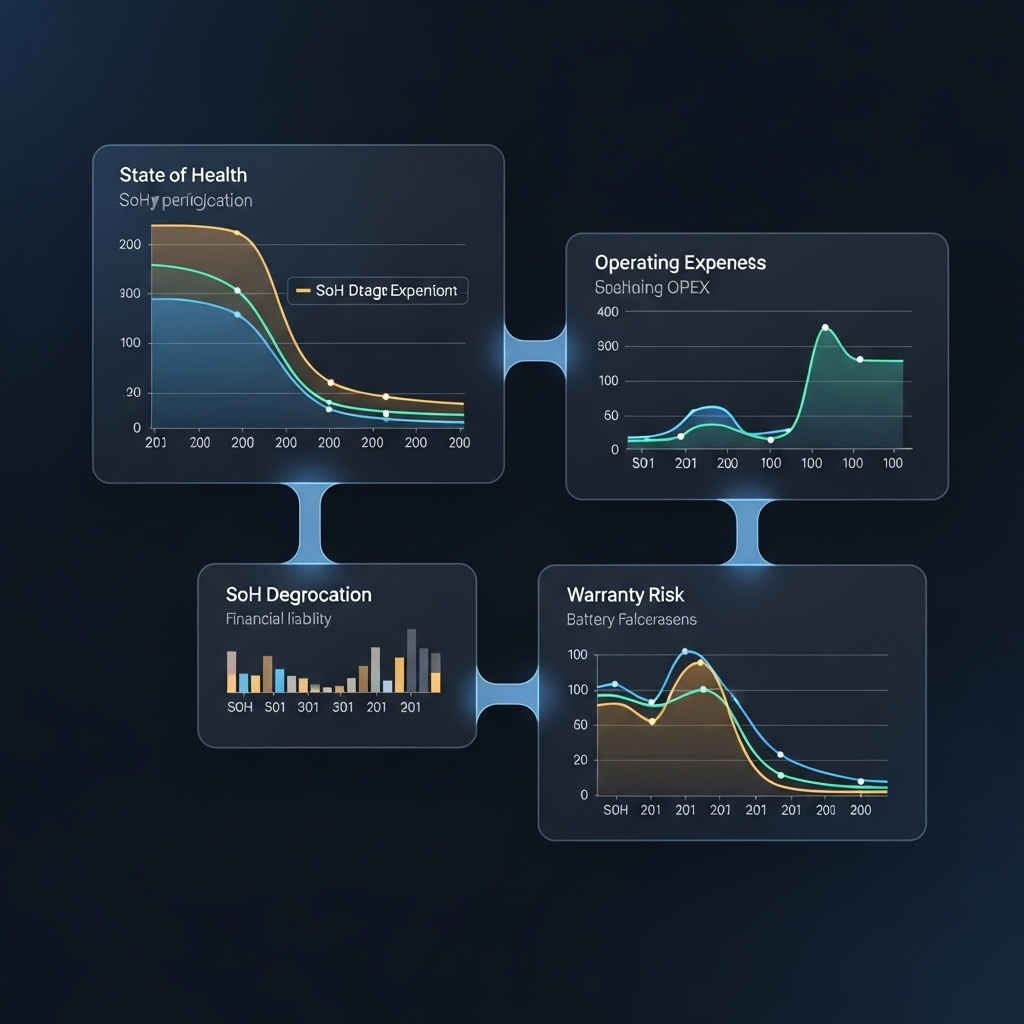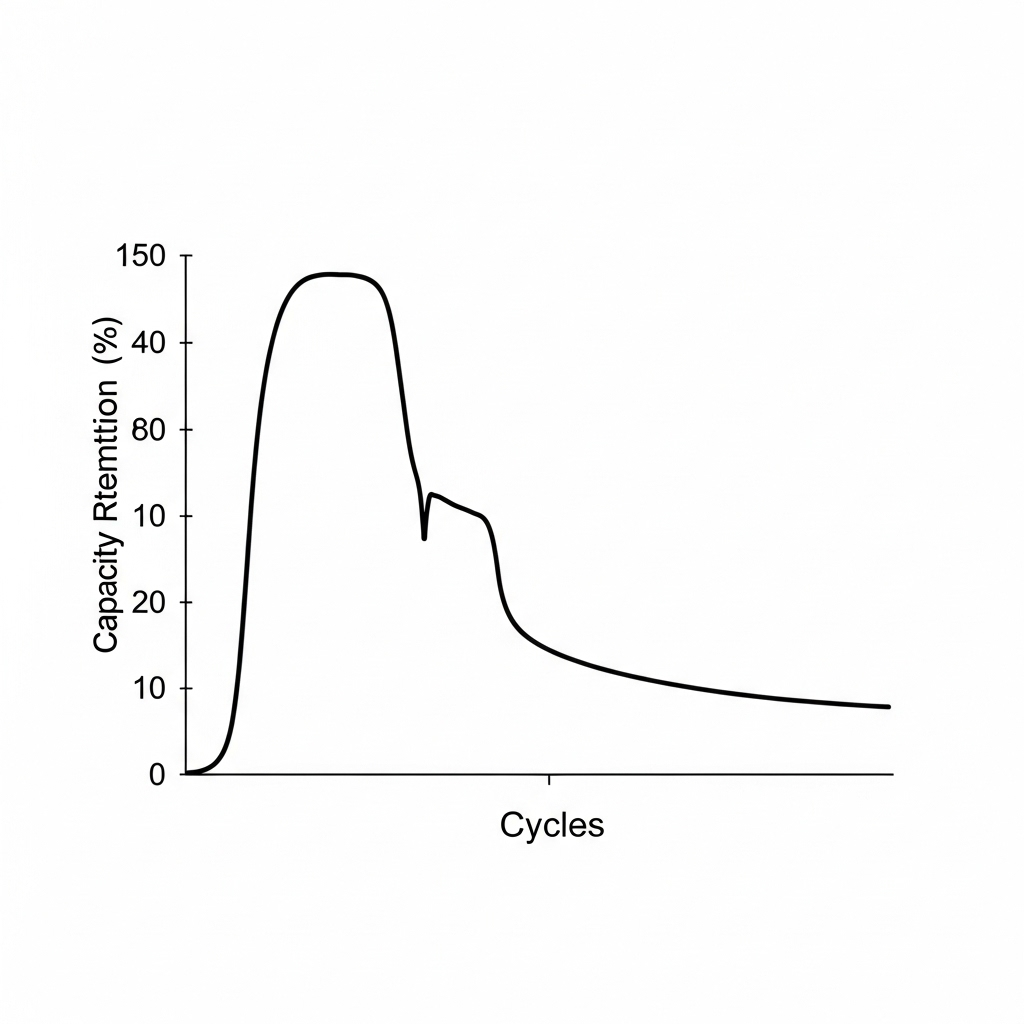Your energy storage system's battery is a significant investment. Its lifespan, however, isn't a fixed number. You have direct control over key factors that determine its longevity. Two of the most powerful levers at your disposal are the Depth of Discharge (DoD) and the C-rate. Mismanaging them leads to over-cycling, a primary cause of premature battery degradation. This piece provides actionable strategies to master these variables, protect your battery, and maximize its operational life.
Understanding the Core Concepts: DoD and C-Rate
Before adjusting settings, it's crucial to grasp what these terms represent. They are the fundamental language of battery performance and health. Mastering them is the first step toward extending your battery's life.
What is Depth of Discharge (DoD)?
Depth of Discharge refers to the percentage of a battery's total capacity that you use before it is recharged. For example, if you have a 10 kWh battery and use 8 kWh of energy, you have discharged it to 80% DoD. Think of it like the fuel gauge in a car. While you can run the tank until it's completely empty, doing so repeatedly puts stress on the system. The same principle applies to batteries. A lower average DoD significantly increases the number of cycles a battery can provide. According to a study by IRENA, smoother cycling conditions are proven to make batteries last longer. This means shallower, more frequent cycles are much healthier than deep, infrequent ones.
Decoding the C-Rate: The Speed of Energy Flow
The C-rate measures the speed at which a battery is charged or discharged relative to its maximum capacity. A 1C rate on a 10 kWh battery means it is charging or discharging at a power of 10 kW. A 0.5C rate would be 5 kW, and a 2C rate would be 20 kW. To put it simply, the C-rate is about intensity. A high C-rate is like sprinting; a low C-rate is like jogging. While sprinting gets you there faster, it's far more taxing. High C-rates generate more internal heat and place greater physical stress on the battery's components, which accelerates degradation. The Electricity Storage Valuation Framework highlights C-rate as a critical parameter that defines a battery's suitability for different applications, underscoring its importance in system design.
The Hidden Costs of Aggressive Cycling
Pushing your battery to its limits with high DoD and high C-rates might seem like you're getting the most out of it, but it comes at a steep, hidden cost: accelerated aging. Understanding the mechanisms behind this degradation helps clarify why optimization is so important.
How High DoD Accelerates Capacity Fade
Each time a battery undergoes a deep discharge, its internal chemistry experiences significant stress. The electrode materials expand and contract, which can lead to micro-cracks and material breakdown over time. This process, known as capacity fade, permanently reduces the amount of energy the battery can store. Furthermore, deep cycles can accelerate the growth of the Solid Electrolyte Interphase (SEI) layer, a film that forms on the anode. While a stable SEI layer is necessary, excessive growth consumes lithium ions and increases internal resistance, further diminishing performance.
The Impact of High C-Rates on Battery Health and Efficiency
High-speed charging and discharging generate substantial heat due to internal resistance. This heat is a primary enemy of battery longevity. Elevated temperatures speed up undesirable chemical reactions inside the battery, degrading components and accelerating capacity loss. This aligns with findings from the International Energy Agency, which in its Energy Technology Perspectives 2024 report, emphasizes the importance of material efficiency and extending product life as a key strategy. Moreover, high C-rates are less efficient. A portion of the energy flowing in or out is converted into waste heat instead of being stored or used, meaning you get less usable energy for every kilowatt-hour you cycle.
Practical Strategies for Optimization
Knowing the theory is one thing; applying it is another. Fortunately, modern energy storage systems offer robust tools to manage DoD and C-rate effectively. Here are practical steps you can take.
Finding Your Optimal DoD Window
The goal is not to avoid using your battery but to use it smartly. For most residential applications, operating within a 'sweet spot' offers the best balance of usability and longevity. A common strategy is to cycle the battery between a 20% and 80% State of Charge (SoC). This avoids the high-stress regions at the very top and bottom of the charge range. Most modern Battery Management Systems (BMS) allow you to set these upper and lower SoC limits, automating the process and ensuring your battery stays within its healthiest operational window. As detailed in a comprehensive guide on solar storage performance, maintaining a state of charge within this kind of managed window can significantly prolong the operational life of LiFePO4 batteries.
Matching C-Rate to Your Application
Controlling the C-rate often comes down to proper system design. Ensure your battery bank is adequately sized for your expected loads. A larger battery bank supplying a given load will naturally operate at a lower C-rate. For example, running a 3 kW load on a 5 kWh battery results in a 0.6C discharge rate. The same 3 kW load on a 15 kWh battery is only a 0.2C rate, which is much gentler. Before installing, audit your home's peak power demands and size your battery accordingly to prevent sustained high C-rate discharges.
The Role of a Smart Energy Management System (EMS)
An advanced EMS can take optimization to the next level. It can intelligently manage household loads to minimize battery stress. For instance, it can schedule high-power appliances like water heaters or EV chargers to run during periods of peak solar generation, using energy directly from the sun instead of discharging the battery at a high rate. It can also modulate charging speeds, absorbing solar energy at a controlled, low C-rate to further protect battery health.
A Data-Driven Look at Cycle Life
The relationship between DoD and cycle life isn't linear; it's exponential. Reducing the DoD by a small amount can lead to a dramatic increase in your battery's lifespan. This is especially true for robust chemistries like Lithium Iron Phosphate (LiFePO4).
Comparing LFP Battery Cycle Life at Different DoD Levels
The data clearly shows the benefits of shallower cycling. While a battery might be rated for a few thousand cycles at 100% DoD, this number can multiply several times over with gentler use.
| Depth of Discharge (DoD) | Estimated Cycles (LiFePO4) |
|---|---|
| 100% | ~2,000 - 3,000 |
| 80% | ~4,000 - 6,000 |
| 50% | ~8,000 - 12,000 |
| 20% | >15,000 |
Disclaimer: These are generalized estimates. Actual cycle life can vary based on C-rate, temperature, and specific manufacturer specifications. This information is for educational purposes and does not constitute an investment or technical guarantee.
A Balanced Approach for Maximum Lifespan
Extending your battery's life is not about choosing between DoD or C-rate optimization; it's about implementing a holistic strategy that addresses both. By finding a balance that meets your daily energy needs without consistently pushing your battery to its operational limits, you can prevent over-cycling and secure years of additional performance. Smart management, enabled by a modern BMS and thoughtful usage, is the key to unlocking the full value and longevity of your energy storage system, paving the way for true and lasting energy independence.
Frequently Asked Questions
Is it ever okay to discharge my battery to 100% DoD?
While technically possible, discharging your battery completely should be a rare event reserved for emergencies or occasional system calibration as recommended by the manufacturer. Making a habit of deep discharges to 100% DoD is one of the fastest ways to shorten its operational life.
Does a low C-rate mean my system is inefficient?
No, quite the opposite. Lower C-rates are more efficient because less energy is wasted as heat during charging and discharging. A low C-rate simply indicates that the power being drawn is small relative to the battery's total energy capacity, which is a healthy state for the battery.
How do I know the C-rate of my system?
You can calculate the C-rate by dividing the power of the charge or discharge (in kW) by the total capacity of your battery (in kWh). For example, if you are drawing 2 kW of power from a 10 kWh battery, the C-rate is 2 kW / 10 kWh = 0.2C. Most modern solar monitoring platforms display this information in real-time.
Can I set DoD and C-rate limits myself?
Yes. Most high-quality inverters and battery systems provide a user interface where you can configure these parameters. You can typically set minimum and maximum State of Charge (SoC) percentages, which directly controls the DoD. You can also often set limits on the maximum charge and discharge current (amps) or power (watts), which controls the C-rate.





Leave a comment
All comments are moderated before being published.
This site is protected by hCaptcha and the hCaptcha Privacy Policy and Terms of Service apply.